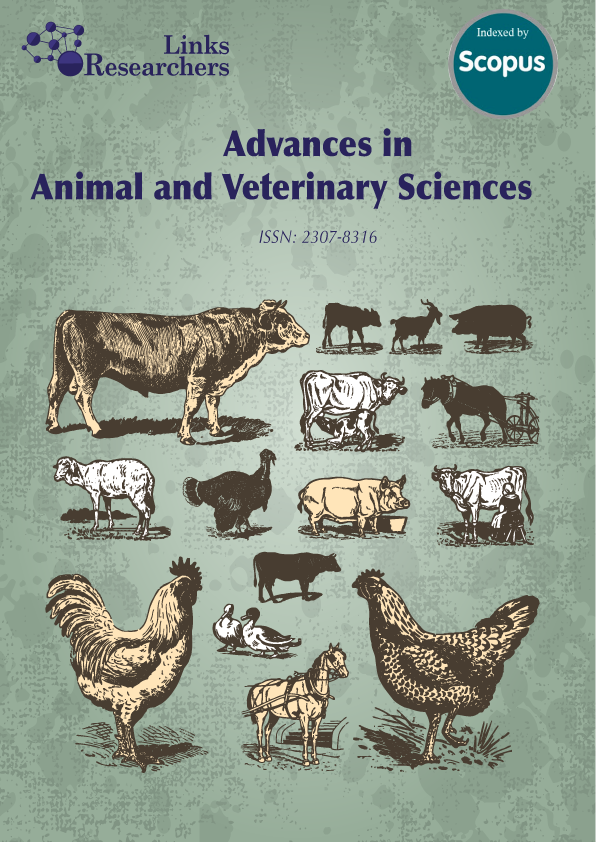Crustaceans such as crab, lobster, and shrimps, are considered as rich source of omega-3 polyunsaturated fatty acids, high biological value protein, minerals, and vitamins. However, crustaceans are regarded as potential sources for the transmission of foodborne pathogens. Aeromonas spp. is one of the opportunistic microorganisms, that normally inhabits aquatic environments such as fresh, and marine water bodies. Aeromonas spp. might cause food-borne gastroenteritis that might be complicated to cause septicemia, meningitis, endocarditis, and osteomyelitis with high mortalities in immune-compromised persons. This international collaborative research was conducted to investigate the prevalence of Aeromonas spp., particularly A. hydrophila in three crustaceans (crab, lobster, and shrimp) retailed in Zagazig, Egypt, and Al-Ahsa, Saudi Arabia. Detection of virulence associated genes in the recovered A. hydrophila isolates was additionally screened using PCR. Furthermore, antimicrobial resistance profiling was examined among the recovered A. hydrophila isolates. The obtained results of the present study revealed overall isolation rates of Aeromonas spp. at 48.33%, and 21.66% in the examined crustacean samples collected from Egypt and Saudi Arabia, respectively. Crab samples had the highest prevalence rates, followed by lobster, and shrimp in samples collected from Egypt and Saudi Arabia, respectively. Four Aeromonas spp. were identified, namely A. hydrophila, A. sobria, A. caviae and A.veronii. The recovered isolates of A. hydrophila harbored coding genes for hemolytic toxins such as aerolysin (aerA) and haemolysin (ahhl) with multidrug resistance profiling.
Keywords | Crustaceans, Aeromonas hydrophila, Drug resistance, Virulence genes






